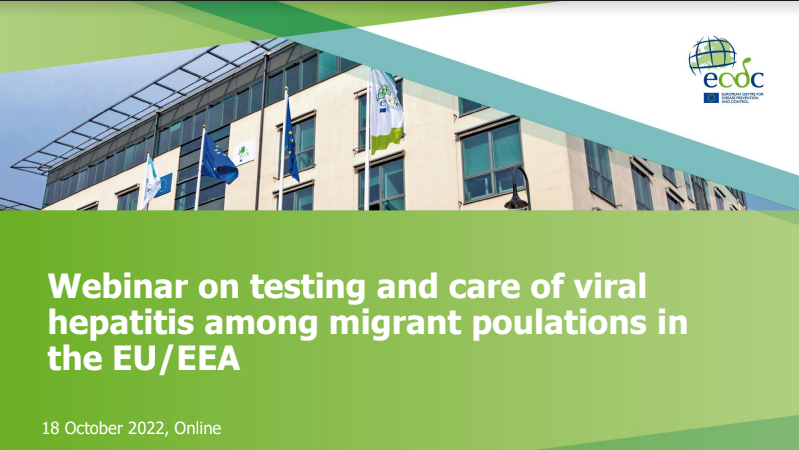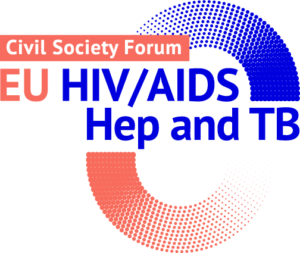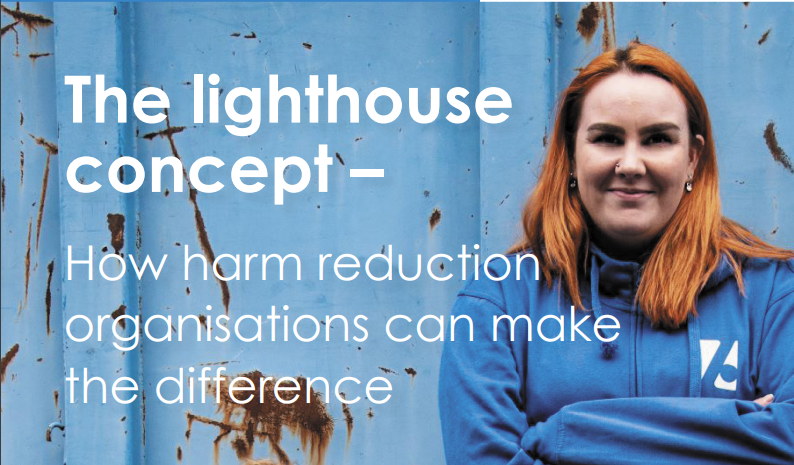On Tuesday, the ECDC hosted their webinar on testing and care of viral hepatitis among migrant populations in the EU/EEA; aiming to strengthen EU/EAA countries’ capacities and capabilities to prevent and control viral hepatitis among migrant populations.
Chronic HCV/HBV in European migrant populations
Milosz Parczewski [European AIDS Clinical Society – EACS] presented data on chronic HCV/HBV in European migrant populations. Milosz shared multiple figures on the data such as the one below.

Milosz emphasised the urgent need to collect current data from this target group, including updated vaccination data from the refugee population. He also highlighted the need for more outreach testing programmes as these numbers are still too small.
Novel model of care for testing HBV
Next, Camila Picchio presented a novel model of care for simplified testing of HBV in African communities during the COVID-19 pandemic in Spain. The model consists of two field visits; firstly, information regarding hepatitis b is provided by a community coordinator before the screening takes place with a blood extraction. During the second visit, the participants are given their blood results, offered their HBV vaccine, and those with past-resolved infection or prior vaccination are offered post-test counselling.
“This community-based HBV screening program provides an effective model for identifying and providing care to migrant populations at high risk of HBV infection, who may otherwise not engage in care”
Take away messages from the model were;
- Identify barriers to linkage to care to increase the overall rate of linkage, particularly for those requiring vaccination
- Additional research and focus is needed to increase linkage to care for females across the care cascade.
- Tools to address vaccine hesitancy among this population are needed.
Testing and management of viral hepatitis for refugees from Ukraine
The final presentation was by Mojca Matičič, MD, PhD. A pre-war data set of the situation in Ukraine was presented, with data showing Ukraine was second largest HIV epidemic in the WHO EU Region, second highest prevalence of HIV/TB coinfection, and the fourth highest TB incidence rate among WHO EU region countries. HBV and HCV infections were identified as key public health issues in Ukraine.
“By October 11 2022, 4,350,995 refugees from Ukraine registered for temporary protection (or similar national protection schemes in Europe)”
Mojca reinforced the need for community healthcare providers to ensure access to services and continuation of vaccination programmes for Ukranian refugees, and highlighted the harm reduction services across Europe for refugees from the Ukraine which are described in the C-EHRN Ukranian snapshot.










